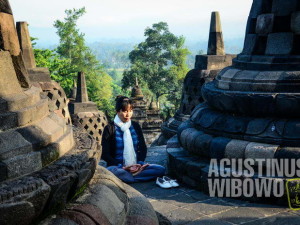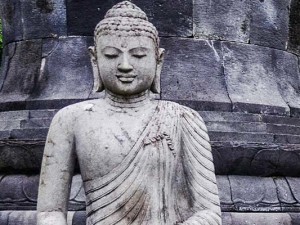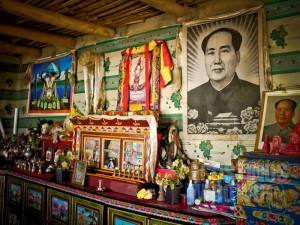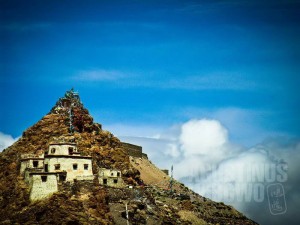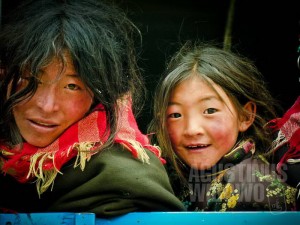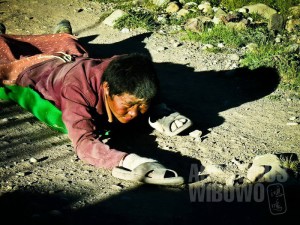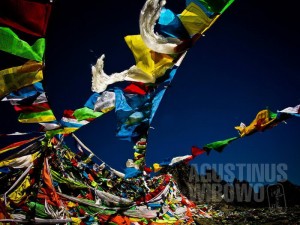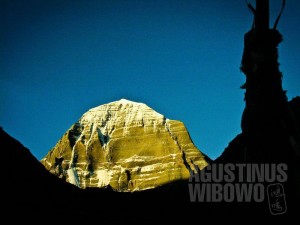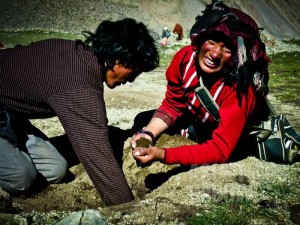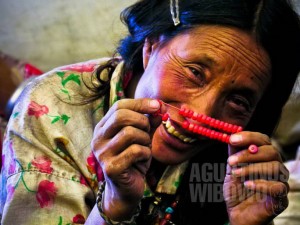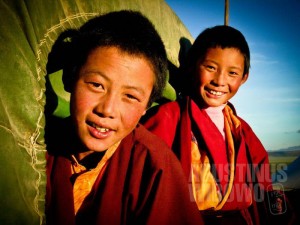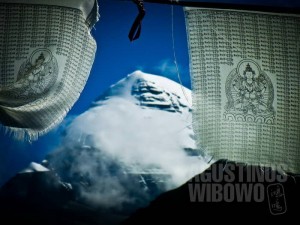My Healing with Vipassana (3): The Art of Simple Life
The Vipassana experience was magical for me as I could now sense the sensation of the surface of my whole body, from top of the head to toe. I could sense the interior of my body. My left brain, my right brain, my stomach and my intestines, my bones… all were producing never-ending subtle vibrations. I could even sense the parts of the body when I was sleeping. When I was dreaming, it was more like watching a movie rather than being involved in the actions of the fantasy. At this point, the meditation was not merely about sitting anymore. When we take breath, we meditate. When we walk, we meditate. When we eat and drink, we meditate. Even when we sleep, as long as the awareness is there, we also meditate. By Day 6, I started to notice small details I used to neglect. I started to see the movement of grass and leaves of the trees, appreciate the freshness of the air and the beauty of the occasional noise from the neighborhood, and be thankful to all my weaknesses and flaws, all achievements and failures, all happy and sad moments in my life. All the findings and the [...]

